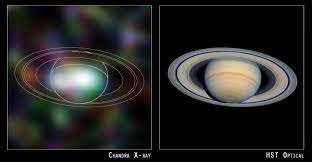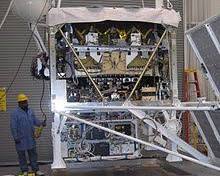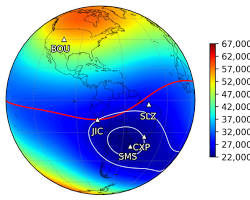


Aryabhata was a 26-sided polyhedron 1.4 metres (4.6 ft) in diameter. All faces (except the top and bottom) were covered with solar cells. The satellite carried four scientific instruments to study the Earth's ionosphere, measure neutrons and gamma rays from the Sun, and perform investigations in X-ray astronomy.




The Aryabhata satellite was launched into a low Earth orbit with an apogee of 619 kilometres (385 mi) and a perigee of 563 kilometres (350 mi), at an inclination of 50.7 degrees. The satellite operated for five days before a power failure caused the scientific instruments to be switched off. The spacecraft mainframe remained active until March 1981.
The Aryabhata satellite was a significant milestone in India's space program. It demonstrated India's ability to design, build, and launch a satellite into space. The mission also helped to raise India's profile in the international space community.
The Aryabhata satellite was a small, relatively simple spacecraft, but it was a major achievement for India. It paved the way for India's future space missions, including Chandrayaan-1, which was the first Indian spacecraft to land on the Moon.